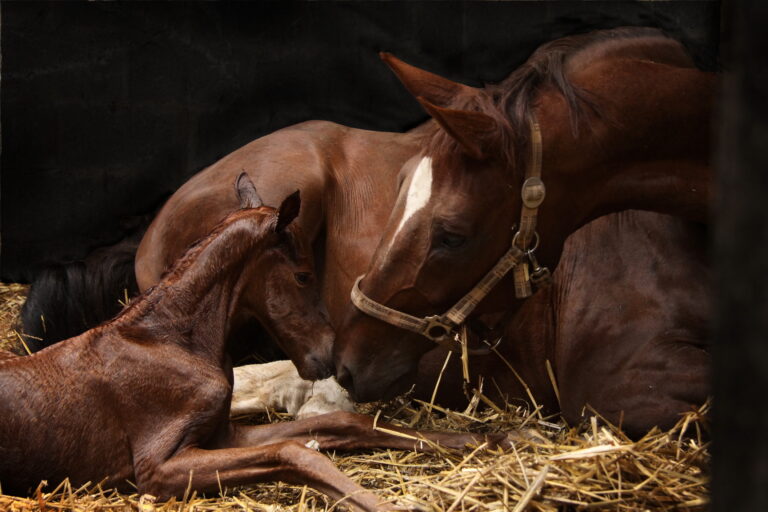A study was just published in the Wiley Online Library from Veterinary Ophthalmology that looks at potential differences in eyes between horses with and without HERDA. The article is titled “Ocular dimensions, corneal thickness, and corneal curvature in quarter horses with hereditary equine regional dermal asthenia.” Following is the abstract from that research.
ABSTRACT
Objectives
The aim of this study was to compare ocular dimensions, corneal curvature, and corneal thickness between horses affected with hereditary equine regional dermal asthenia (HERDA) and unaffected horses.
Animals
Five HERDA-affected quarter horses and five healthy control quarter horses were used.
Methods
Schirmer’s tear test, tonometry, and corneal diameter measurements were performed in both eyes of all horses prior to ophthalmologic examinations. Ultrasonic pachymetry was performed to measure the central, temporal, nasal, dorsal, and ventral corneal thicknesses in all horses. B-mode ultrasound scanning was performed on both eyes of each horse to determine the dimensions of the ocular structures and to calculate the corneal curvature.
Results
Each corneal region examined in this study was thinner in the affected group compared with the healthy control group. However, significant differences in corneal thickness were only observed for the central and dorsal regions. HERDA-affected horses exhibited significant increases in corneal curvature and corneal diameter compared with unaffected animals. The ophthalmologic examinations revealed mild corneal opacity in one eye of one affected horse and in both eyes of three affected horses. No significant between-group differences were observed for Schirmer’s tear test, intraocular pressure, or ocular dimensions.
Conclusions
Hereditary equine regional dermal asthenia-affected horses exhibit decreased corneal thickness in several regions of the cornea, increased corneal curvature, increased corneal diameter, and mild corneal opacity. Additional research is required to determine whether the increased corneal curvature significantly impacts the visual accuracy of horses with HERDA.
Authors
Peres R. Badial and Alexandre S. Borges of the Department of Veterinary Clinical Science, UNESP – Univ Estadual Paulista, Botucatu, São Paulo, Brazil; Luis Emiliano Cisneros-Àlvarez and Vania M. Machado of the Department of Animal Reproduction and Veterinary Radiology, UNESP – Univ Estadual Paulista, Botucatu, São Paulo, Brazil; Cláudia Valéria S. Brandão, José Joaquim T. Ranzani, and Mayana A.R.V. Tomaz of the Department of Veterinary Surgery and Anesthesiology, UNESP – Univ Estadual Paulista, Botucatu, São Paulo, Brazil.








